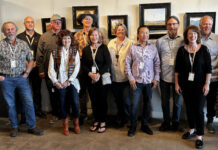New York State artist Robert Stump paints pleasing plein air scenes on location that end up as lampshades, putting the art in arts & crafts. How?
Stump is known for his kiln-fired stained glass, and he’s made signs, lamps, and chandeliers with drawn designs on them for upscale lodges. Over the years, he’s also gone outdoors to paint on location as often as possible. A couple of years ago, he blended the two.
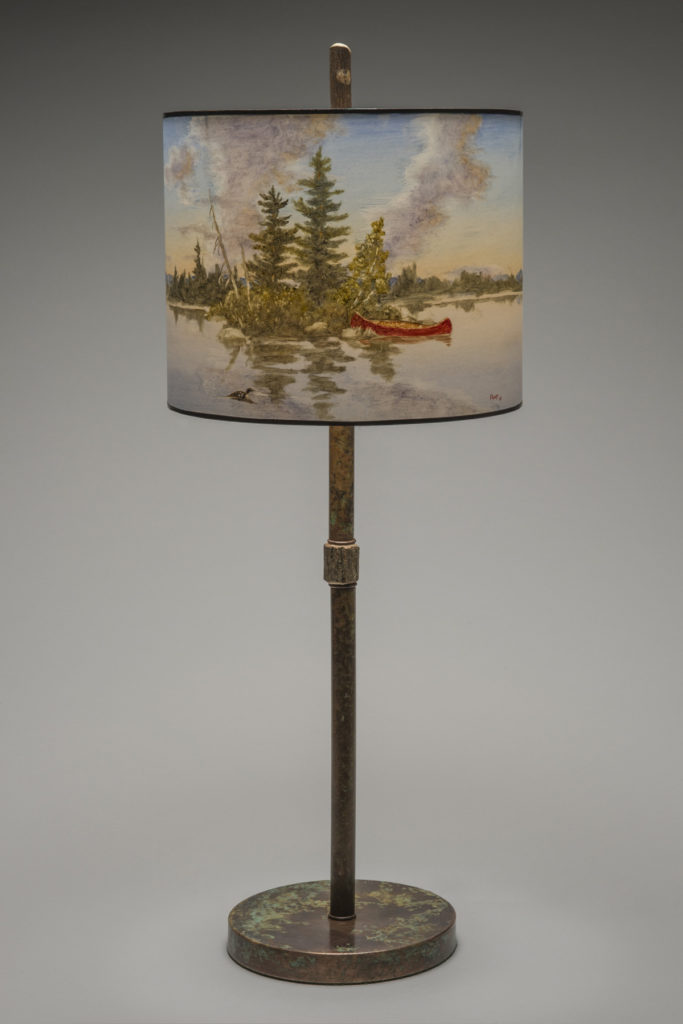
In September, at the Rustic Fair at the Adirondack Museum, in Blue Mountain Lake, New York, Stump debuted his painted lampshades, mostly done en plein air. Stump works on Mylar — generally 9 x 30 inches — and with oil paint thinned with plenty of medium. “It’s oil, but most of the techniques are watercolor techniques — lifting and layering, removing paint to add detail,” says Stump.
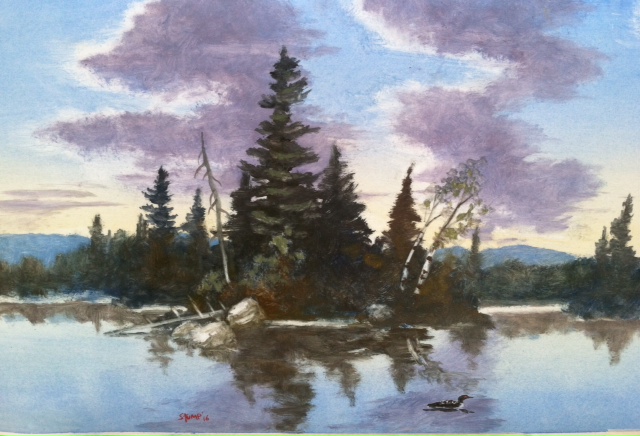
The medium helps keep the painting flexible so it can be fashioned into a cylindrical lampshade. On smaller shades, there’s a clear center of interest that indicates the front of the shade. On larger shades, Stump must have interesting things going on around much of the painting.
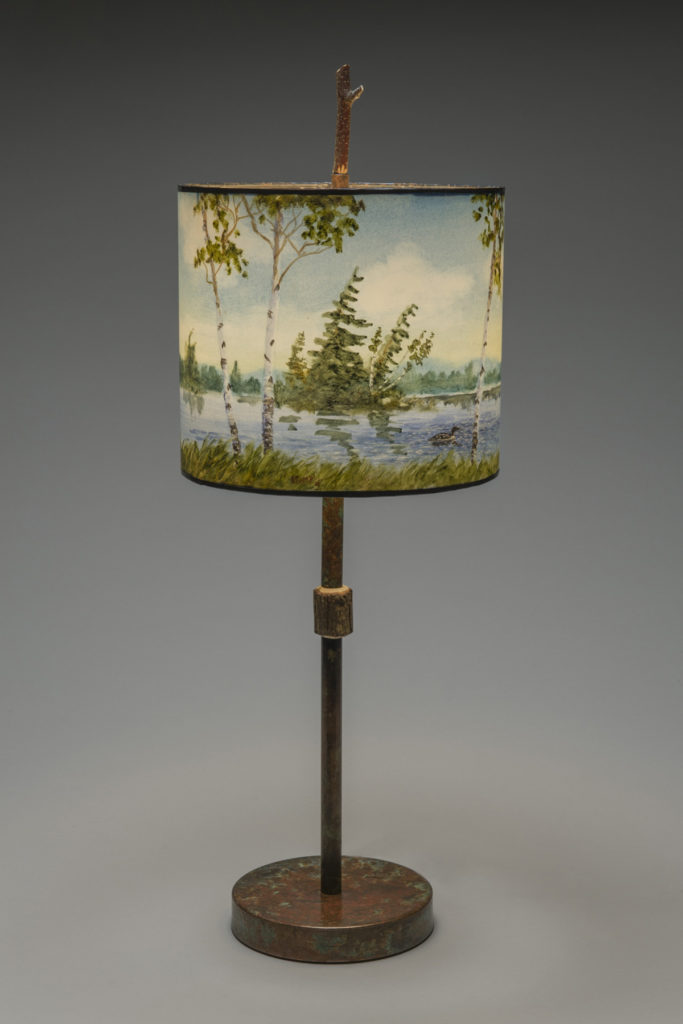
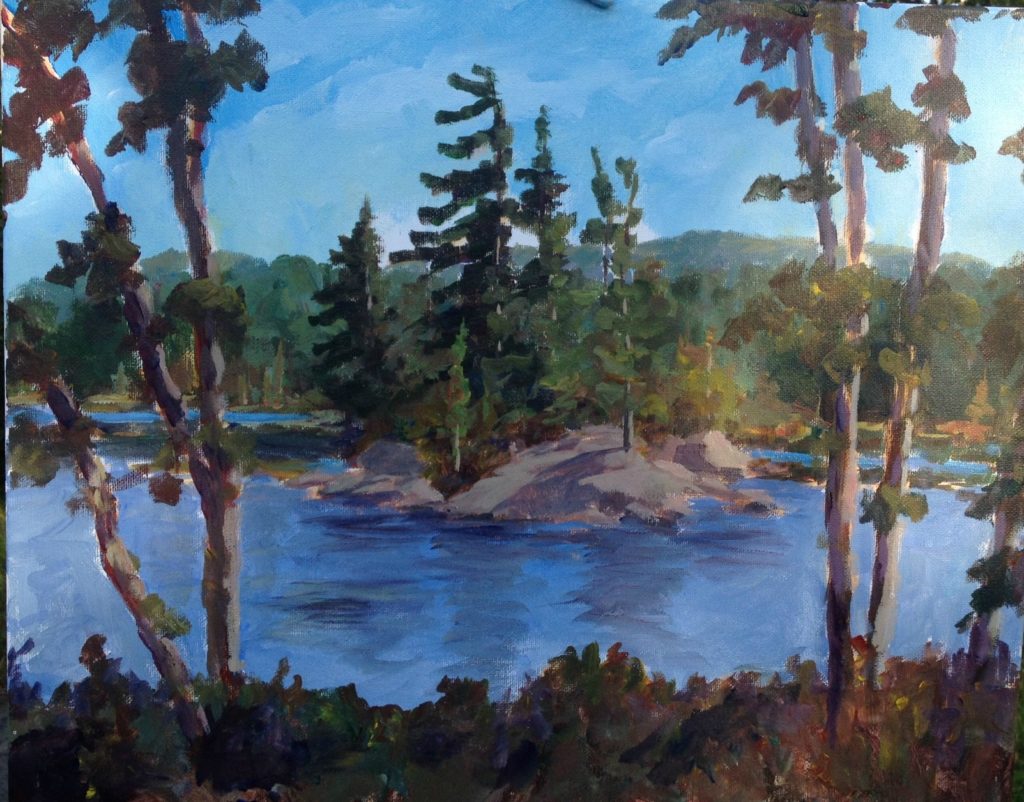
The thickness of the applied paint impacts its opacity; the medium helps Stump thin out the color so the light can shine through. Conversely, he can achieve more opaqueness through thicker paint application. Stump hasn’t had any problem with cracking, in part because of the thin paint application and in part thanks to the medium. He rarely puts a finishing coat or varnish on the shades, but occasionally uses spray varnish. We asked about having a heat source (light bulb) so close to the painted — and sometimes varnished — Mylar, and he expressed no worry. “People have been painting lampshades for a long time,” the artist points out.
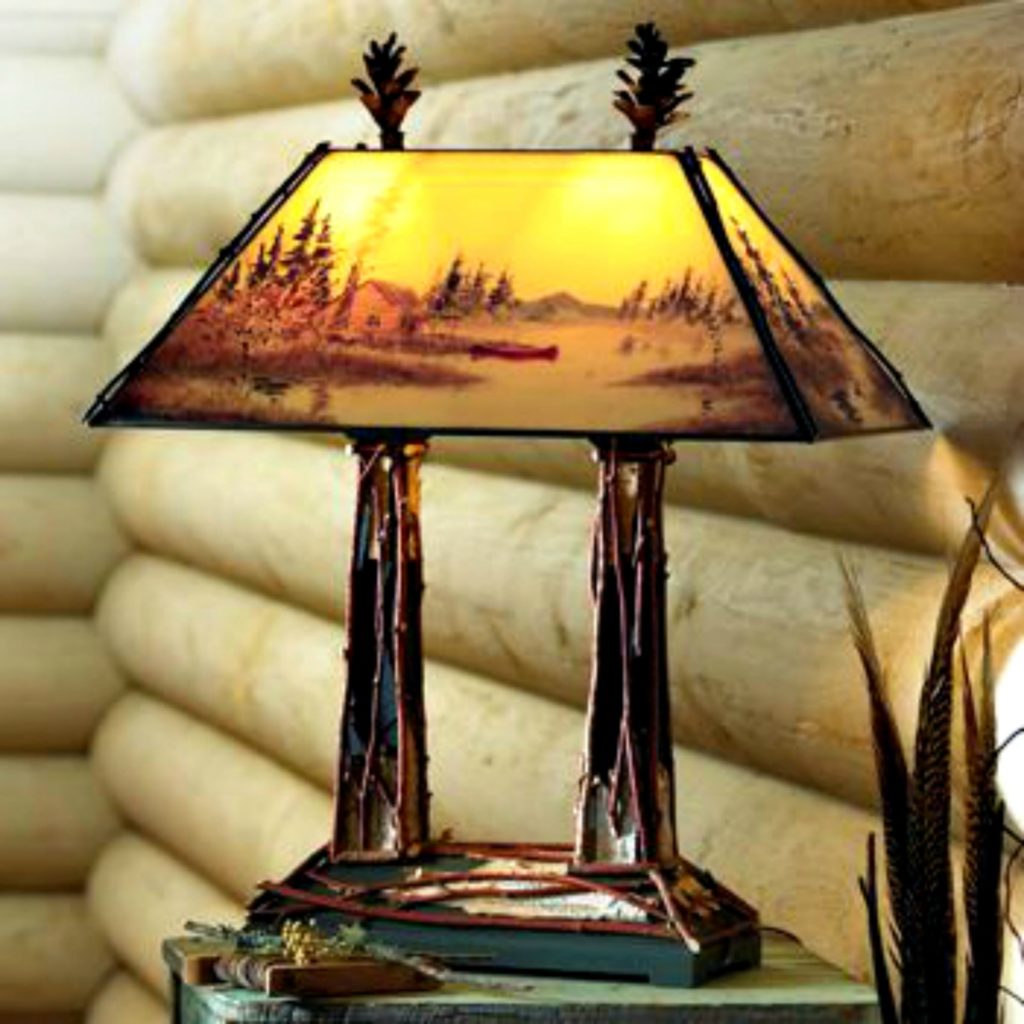
Stump is an interesting blend of the traditional and the pragmatic, an artist who fluently speaks the language of Edgar Payne and has an eye for art that people want and will use. He has studied under Scott Christensen and sold stained glass chandeliers to top resorts. But right now, he’s on fire about these plein air lampshades.
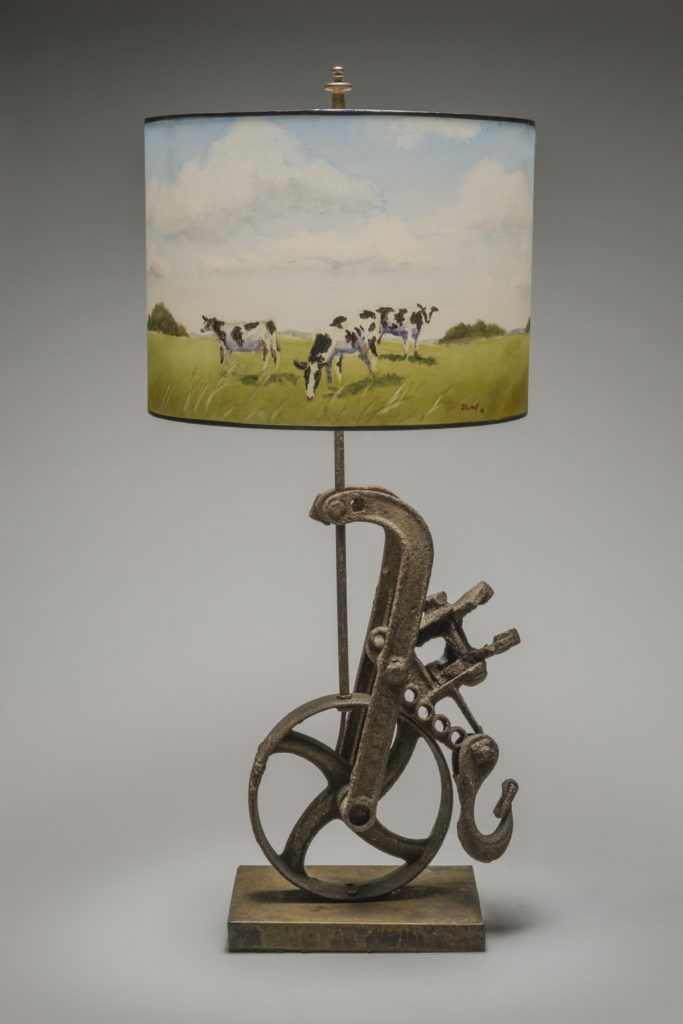
“I like the process so much that I am painting directly on the Mylar on location, then refining anything that needs it in the studio,” says Stump. “The process moves very quickly, so I can offer them at a reasonable price, and it keeps me busy. I can go on the road with this with a truck and trailer! I’m just looking for something new and exciting, and I feel like this is a good way to see the country. I call it ‘Illuminating the American Landscape.’”



